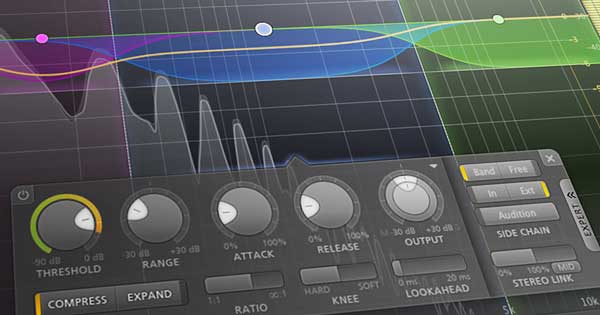Hey there, rhythm enthusiasts and beat aficionados! Are you ready to give your hip-hop and trap beats that extra oomph they need? Today, we're diving deep into the world of kick drum compression – a crucial technique that will add power, punch, and presence to your tracks. So, grab your drum kit from DrumKitStore.com, and let's kick things up a notch!

The Beat's Backbone: Understanding Hip-Hop and Trap Kick Drums
Before we delve into compression techniques, let's take a moment to appreciate the backbone of hip-hop and trap beats – the kick drum. It's the heartbeat of your rhythm section, providing that thumping low-end foundation that drives your tracks forward. Whether you're crafting head-nodding boom-bap or trap bangers that shake the speakers, the kick drum sets the tone for your entire production.

Unleashing the Power of Compression
Now, let's talk about compression – the secret weapon that will take your kick drums from good to great. Compression helps to tame the dynamics of your kick drum, ensuring that each hit is consistent in volume and presence. But mastering kick drum compression isn't just about making it louder – it's about shaping the sound and giving it that extra punch that cuts through the mix.
How to Compress Your Kick Drums Like a Pro
Here's a step-by-step guide to mastering kick drum compression for hip-hop and trap:
-
Choose the Right Compressor: Start by selecting a compressor plugin that suits your style and workflow. Whether you prefer the warmth of analog emulation or the precision of digital processing, there's a compressor out there for you.
-
Set Your Threshold: The threshold determines when compression kicks in. Set it just above the quieter elements of your kick drum to catch those transient peaks without squashing the entire sound.
-
Adjust the Ratio: The ratio controls how much compression is applied once your kick drum exceeds the threshold. For hip-hop and trap, a ratio of around 4:1 to 8:1 is a good starting point. This ensures that the kick hits are punchy and dynamic without sounding overly compressed.
-
Fine-Tune Your Attack and Release: The attack and release settings determine how quickly compression engages and disengages. A fast attack can help accentuate the initial punch of your kick, while a moderate release allows the natural decay of the sound to shine through.

Experiment and Explore
Don't be afraid to experiment with different compression settings and techniques to find what works best for your tracks. Every kick drum is unique, so trust your ears and let your creativity guide you.
Take Your Beats to the Next Level
By mastering the art of kick drum compression, you'll breathe new life into your hip-hop and trap beats, giving them the power and presence they need to stand out in a crowded field. So go ahead, fire up your DAW, load up your favorite drum samples from DrumKitStore.com, and let the compression magic begin. The world is your soundstage – now go out there and make some noise!

